Peugeot 308 SW vs Volvo EX30 – Which model is better for everyday use?
Everyday use, family trips or long-distance drives – here’s where the differences show.
Discover whether Peugeot 308 SW or Volvo EX30 fits your lifestyle better.
Costs and Efficiency:
Looking at overall running costs, both models reveal some interesting differences in everyday economy.
Peugeot 308 SW has a barely noticeable advantage in terms of price – it starts at 30100 £, while the Volvo EX30 costs 33000 £. That’s a price difference of around 2871 £.
In terms of energy consumption, the advantage goes to the Peugeot 308 SW: with 15.30 kWh per 100 km, it’s a bit more efficient than the Volvo EX30 with 17 kWh. That’s a difference of about 1.70 kWh.
As for range, the Volvo EX30 performs a bit better – achieving up to 476 km, about 66 km more than the Peugeot 308 SW.
Engine and Performance:
Power, torque and acceleration say a lot about how a car feels on the road. This is where you see which model delivers more driving dynamics.
When it comes to engine power, the Volvo EX30 has a significantly edge – offering 428 HP compared to 195 HP. That’s roughly 233 HP more horsepower.
In acceleration from 0 to 100 km/h, the Volvo EX30 is clearly quicker – completing the sprint in 3.60 s, while the Peugeot 308 SW takes 7.70 s. That’s about 4.10 s faster.
In terms of top speed, the Peugeot 308 SW performs a bit better – reaching 225 km/h, while the Volvo EX30 tops out at 180 km/h. The difference is around 45 km/h.
There’s also a difference in torque: Volvo EX30 pulls decisively stronger with 543 Nm compared to 300 Nm. That’s about 243 Nm difference.
Space and Everyday Use:
Cabin size, boot volume and payload all play a role in everyday practicality. Here, comfort and flexibility make the difference.
Both vehicles offer seating for 5 people.
In curb weight, Peugeot 308 SW is distinct lighter – 1475 kg compared to 1840 kg. The difference is around 365 kg.
In terms of boot space, the Peugeot 308 SW offers convincingly more room – 608 L compared to 318 L. That’s a difference of about 290 L.
In maximum load capacity, the Peugeot 308 SW performs evident better – up to 1634 L, which is about 634 L more than the Volvo EX30.
When it comes to payload, Peugeot 308 SW distinct takes the win – 500 kg compared to 390 kg. That’s a difference of about 110 kg.
Who wins the race?
The Volvo EX30 proves to be outperforms in nearly all aspects and therefore becomes our DriveDuel Champion!
Volvo EX30 is the better all-rounder in this comparison.
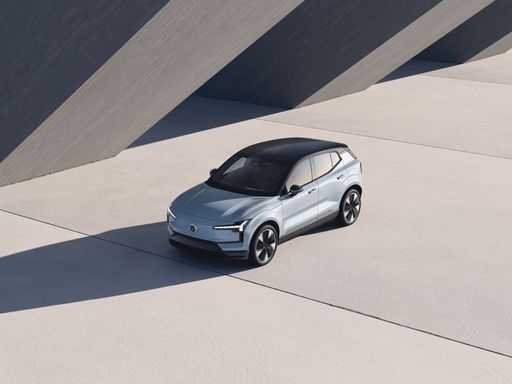
Volvo EX30
Peugeot 308 SW
The Peugeot 308 SW impresses with its stylish design and practical nature, making it a standout in the estate car category. Its spacious interior is complemented by a high-quality finish, offering comfort for both the driver and passengers. The vehicle also boasts advanced technology features, ensuring a modern and enjoyable driving experience.
details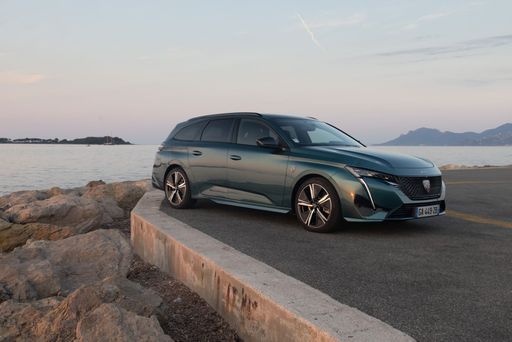 @ media.stellantis.com
@ media.stellantis.com
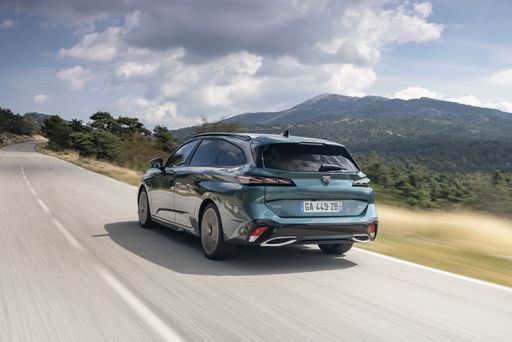 @ media.stellantis.com
@ media.stellantis.com
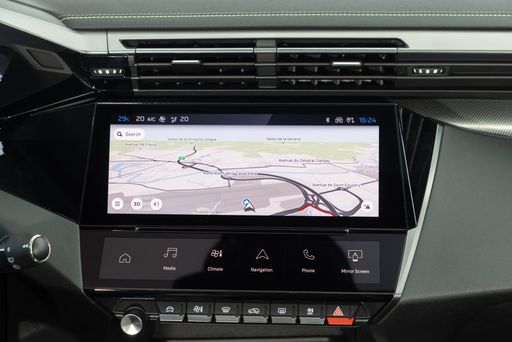 @ media.stellantis.com
@ media.stellantis.com
 @ media.stellantis.com
@ media.stellantis.com
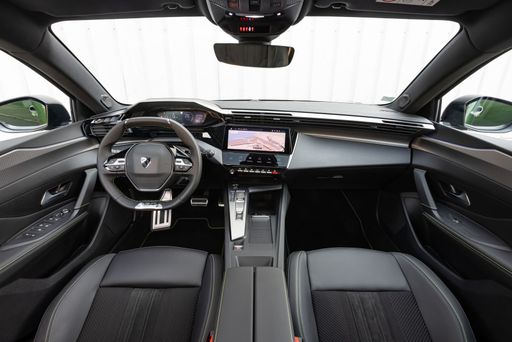 @ media.stellantis.com
@ media.stellantis.com
Volvo EX30
The Volvo EX30 represents a bold step forward for the brand, combining advanced technology with sustainable design principles. Its sleek and compact exterior belies a spacious interior that offers a premium driving experience. With a focus on safety and innovation, this model reflects Volvo's commitment to shaping the future of urban mobility.
details @ Volvo
@ Volvo
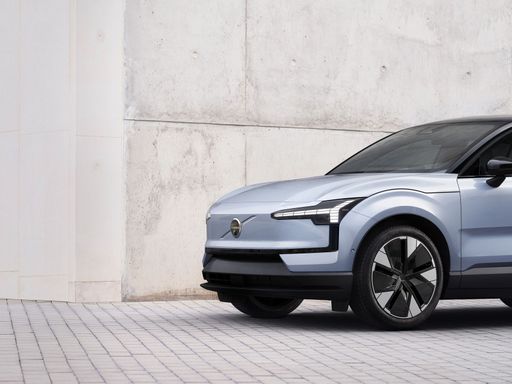 @ Volvo
@ Volvo
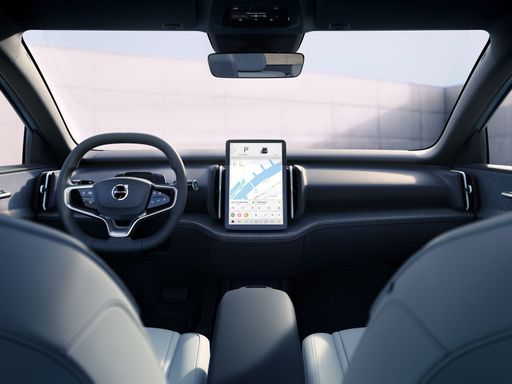 @ Volvo
@ Volvo
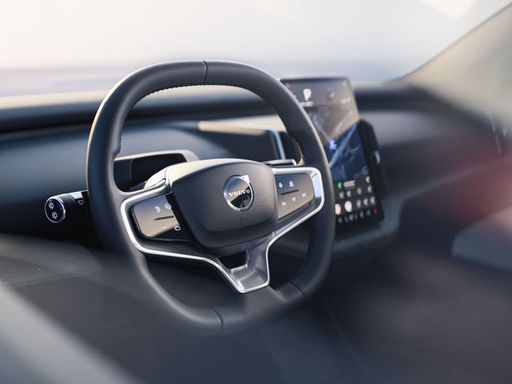 @ Volvo
@ Volvo
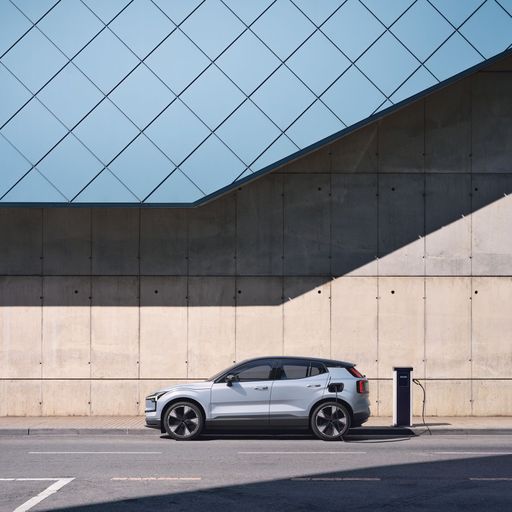 @ Volvo
@ Volvo

|

|
|
|
|
Costs and Consumption |
|
|---|---|
|
Price
30100 - 42700 £
|
Price
33000 - 49100 £
|
|
Consumption L/100km
0.8 - 5.1 L
|
Consumption L/100km
-
|
|
Consumption kWh/100km
15.30 kWh
|
Consumption kWh/100km
17 - 18.7 kWh
|
|
Electric Range
78 - 410 km
|
Electric Range
339 - 476 km
|
|
Battery Capacity
51 kWh
|
Battery Capacity
49 - 65 kWh
|
|
co2
0 - 134 g/km
|
co2
0 g/km
|
|
Fuel tank capacity
42 - 53 L
|
Fuel tank capacity
-
|
Dimensions and Body |
|
|---|---|
|
Body Type
Estate
|
Body Type
SUV
|
|
Seats
5
|
Seats
5
|
|
Doors
5
|
Doors
5
|
|
Curb weight
1475 - 1791 kg
|
Curb weight
1840 - 1960 kg
|
|
Trunk capacity
467 - 608 L
|
Trunk capacity
318 L
|
|
Length
4636 mm
|
Length
4233 mm
|
|
Width
1852 mm
|
Width
1838 mm
|
|
Height
1442 mm
|
Height
1550 - 1567 mm
|
|
Max trunk capacity
1402 - 1634 L
|
Max trunk capacity
1000 L
|
|
Payload
409 - 500 kg
|
Payload
370 - 390 kg
|
Engine and Performance |
|
|---|---|
|
Engine Type
Diesel, Electric, Petrol MHEV, Plugin Hybrid
|
Engine Type
Electric
|
|
Transmission
Automatic
|
Transmission
Automatic
|
|
Transmission Detail
Automatic Gearbox, Reduction Gearbox, Dual-Clutch Automatic
|
Transmission Detail
Reduction Gearbox
|
|
Drive Type
Front-Wheel Drive
|
Drive Type
Rear-Wheel Drive, All-Wheel Drive
|
|
Power HP
130 - 195 HP
|
Power HP
272 - 428 HP
|
|
Acceleration 0-100km/h
7.7 - 10.9 s
|
Acceleration 0-100km/h
3.6 - 5.7 s
|
|
Max Speed
170 - 225 km/h
|
Max Speed
180 km/h
|
|
Torque
230 - 300 Nm
|
Torque
343 - 543 Nm
|
|
Number of Cylinders
3 - 4
|
Number of Cylinders
-
|
|
Power kW
96 - 144 kW
|
Power kW
200 - 315 kW
|
|
Engine capacity
1199 - 1598 cm3
|
Engine capacity
-
|
General |
|
|---|---|
|
Model Year
2023 - 2025
|
Model Year
2024 - 2025
|
|
CO2 Efficiency Class
D, A, C, B
|
CO2 Efficiency Class
A
|
|
Brand
Peugeot
|
Brand
Volvo
|
Is the Peugeot 308 SW offered with different drivetrains?
The Peugeot 308 SW is available as Front-Wheel Drive.
The prices and data displayed are estimates based on German list prices and may vary by country. This information is not legally binding.
